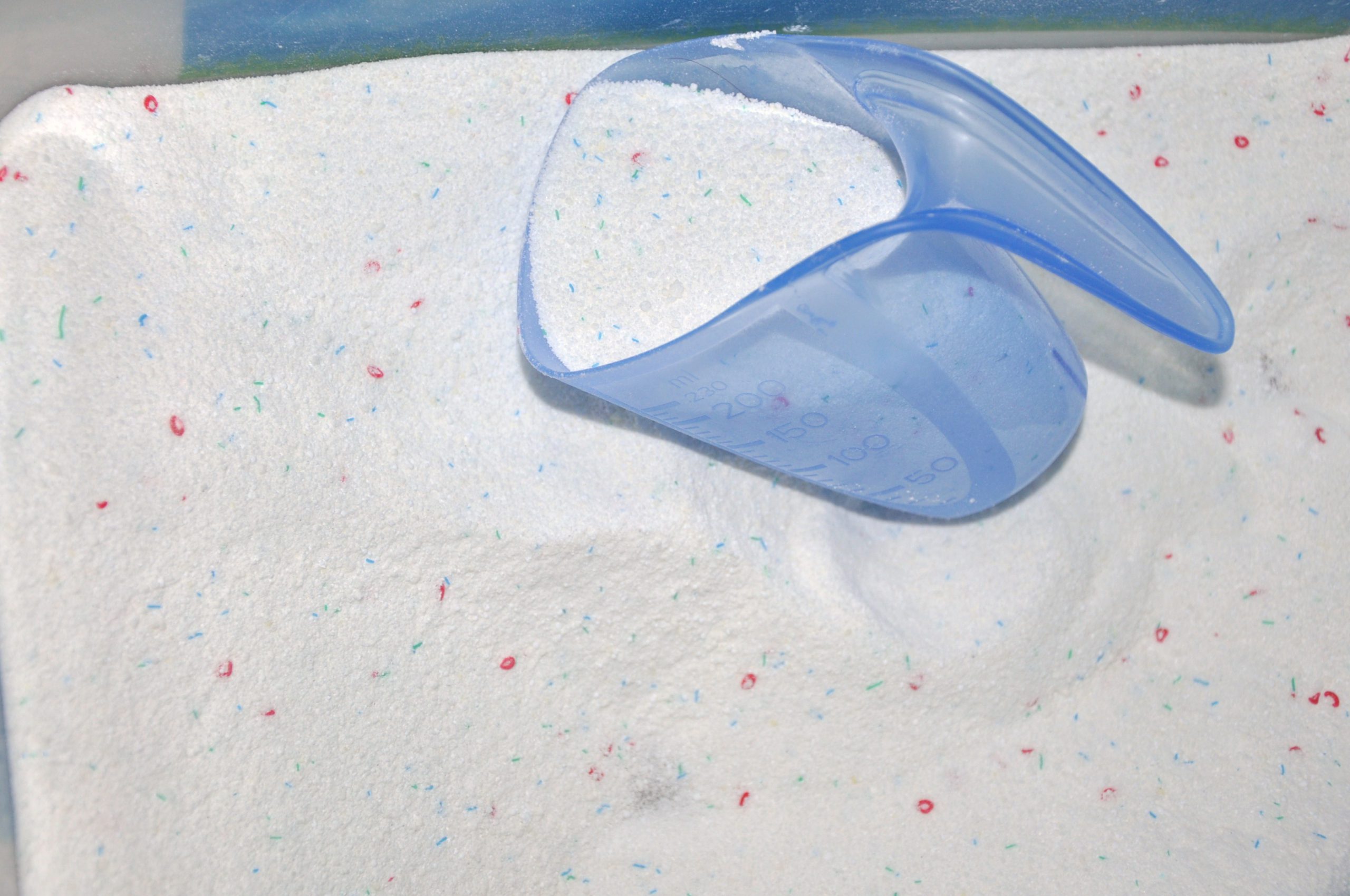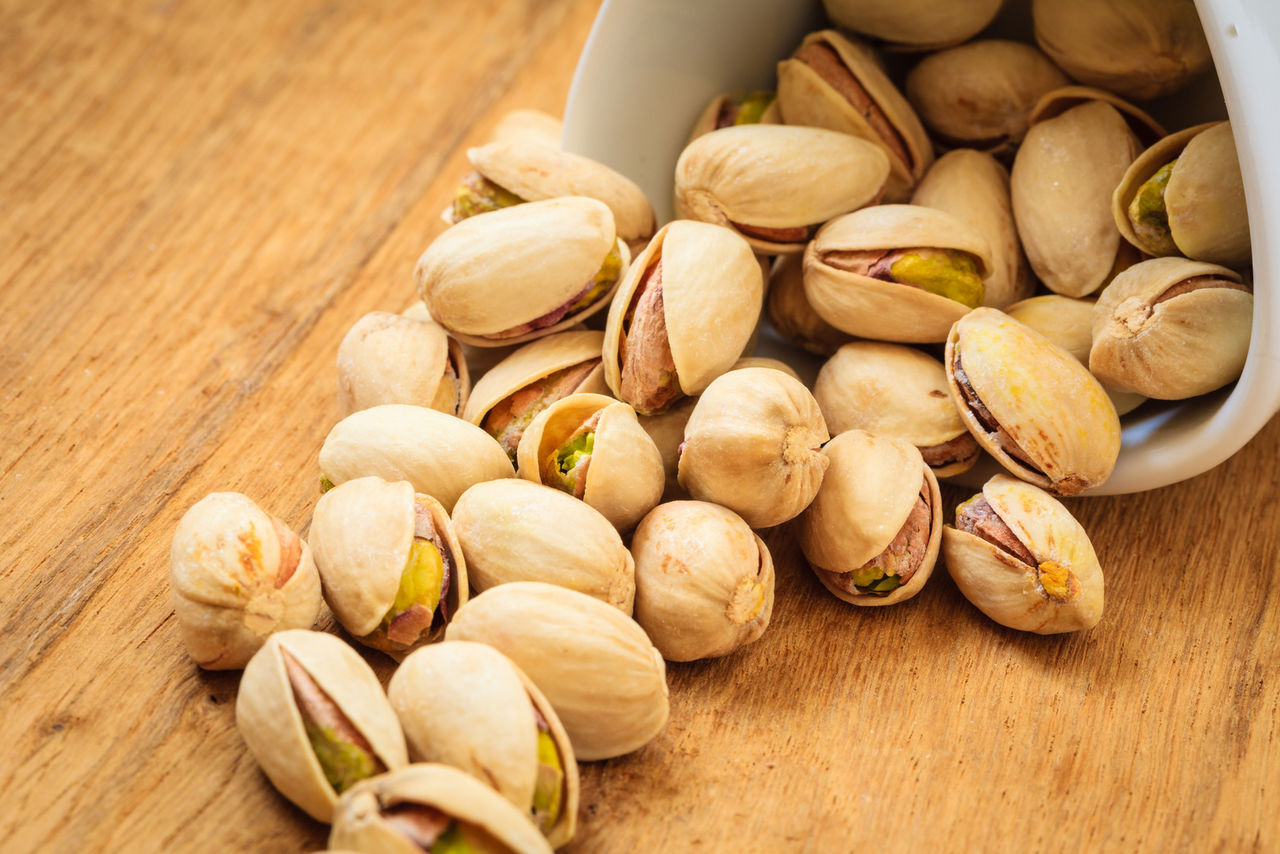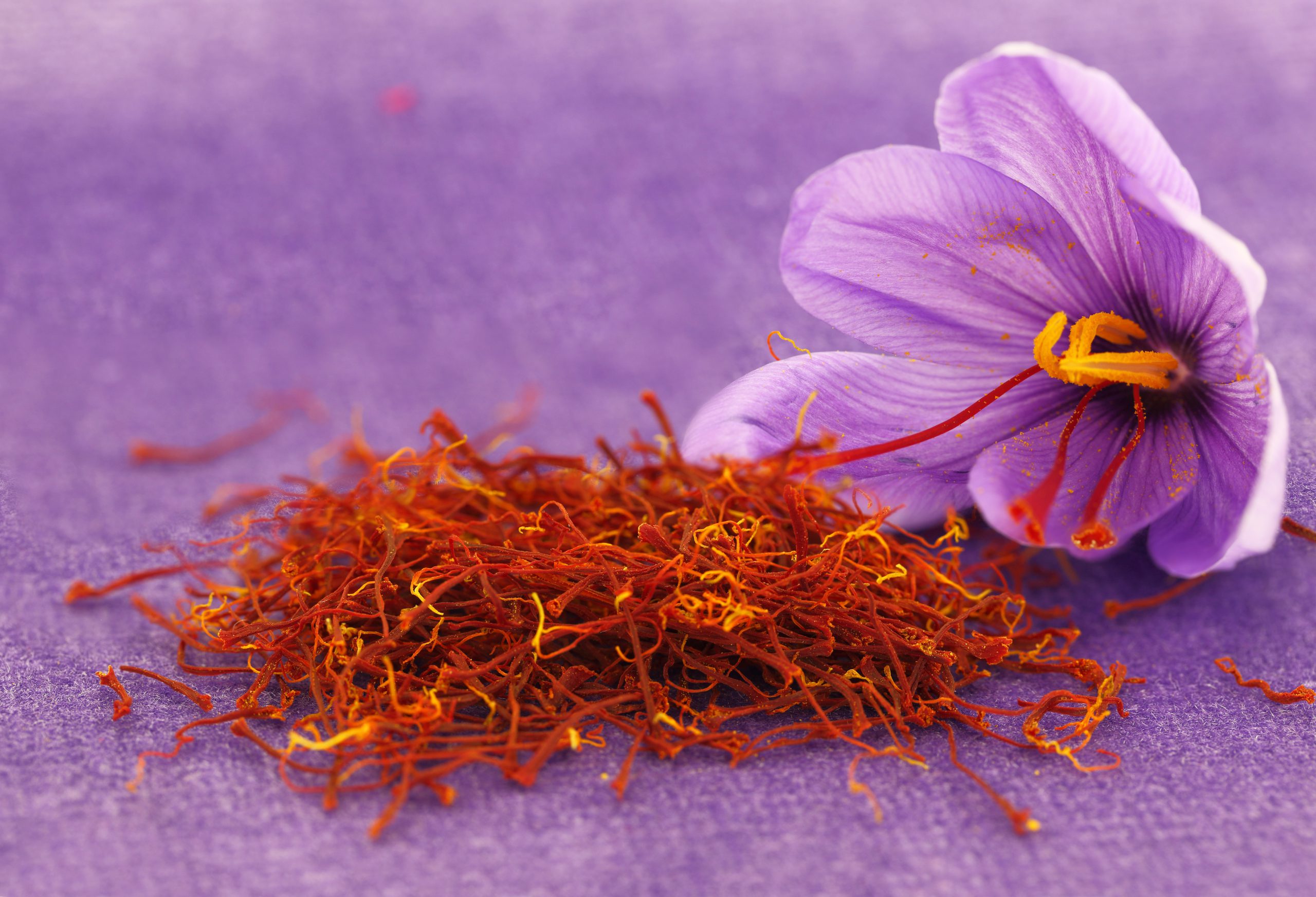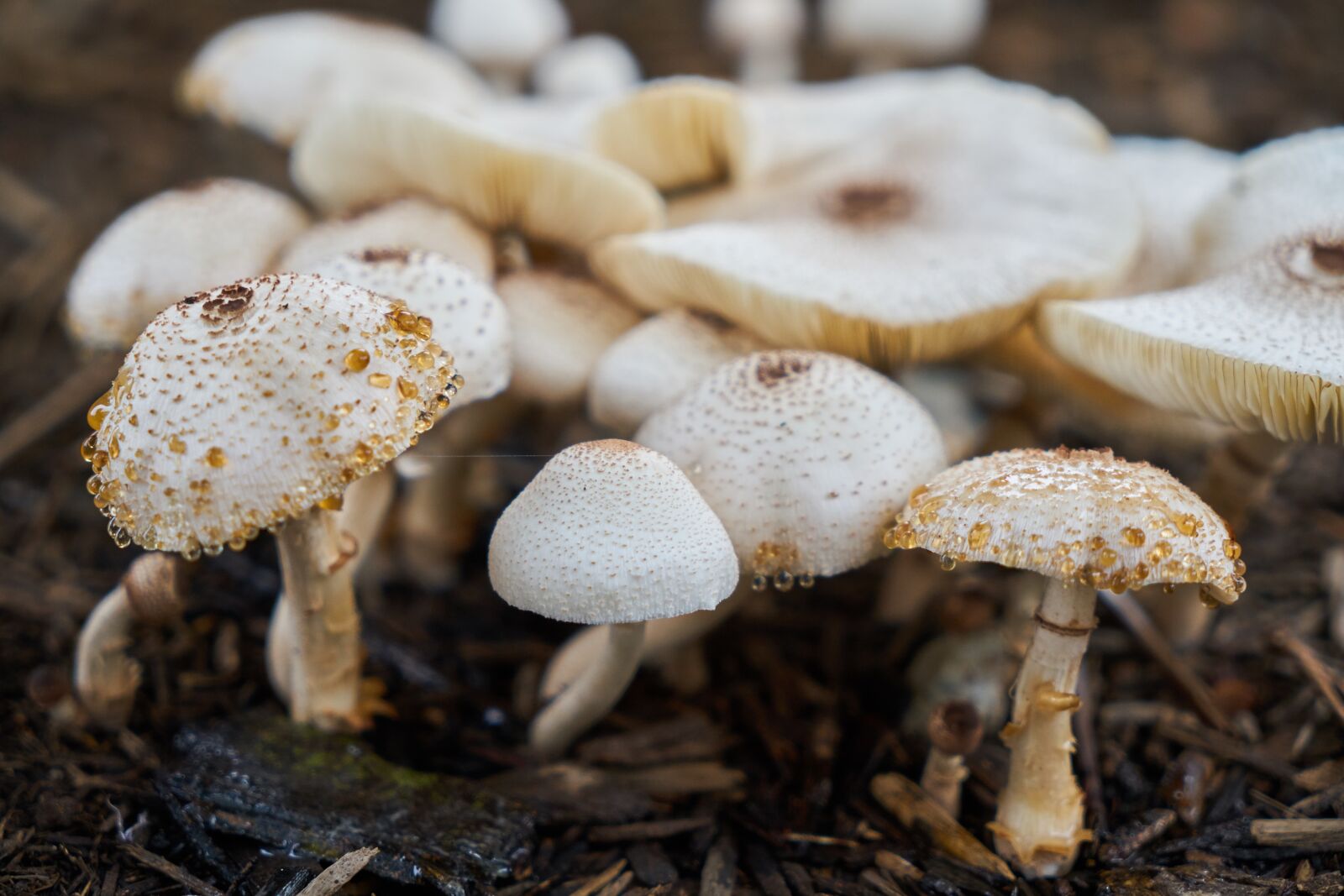In recent years, the Ariel detergent powder in India industry has faced two environmental challenges, both of which seem to have been successfully tackled.
Environmentalists were concerned that phosphate manufacturers were introducing large amounts of phosphorous compounds into the country’s waterways.
Acting as a fertilizer, phosphorus stimulates algae growth, and these unnaturally large algae blooms significantly reduce the amount of dissolved oxygen in the water.
This reduction in free oxygen harmed other marine life, thus threatening natural ecological patterns.
This problem, and the environmental pressure and legislation it created in the late 1960s, led manufacturers to develop more effective chemical feedstocks that did not contain phosphates.
Today, detergents sold in many states are phosphate-free.
Although this adjustment did not require a change in the manufacturing process, it required a research effort that took several months to devise a satisfactory replacement.

One of the previous environmental problems was the excess detergent foam that appeared in the country’s waterways.
In the early 1950s, when household use of washing machines and washing powder and other laundry detergents grew at an explosive rate, there were numerous cases of large amounts of scum appearing in rivers and streams, although detergents may not have been the only cause of scum.
Be Over a five-year period, from 1951 to 1956, a common surfactant, ABS (alkyl benzene sulfonate), a detergent that aids in foaming, was found to be responsible.
The complex molecular structure of ABS does not break down so quickly that it does not wash off the floor after draining. A proven alternative was not immediately available.
However, beginning in 1956, manufacturers replaced ABS with LAS (linear alkylate sulfonate), which degrades rapidly, and since then, LAS has been the primary foaming agent in detergents.




